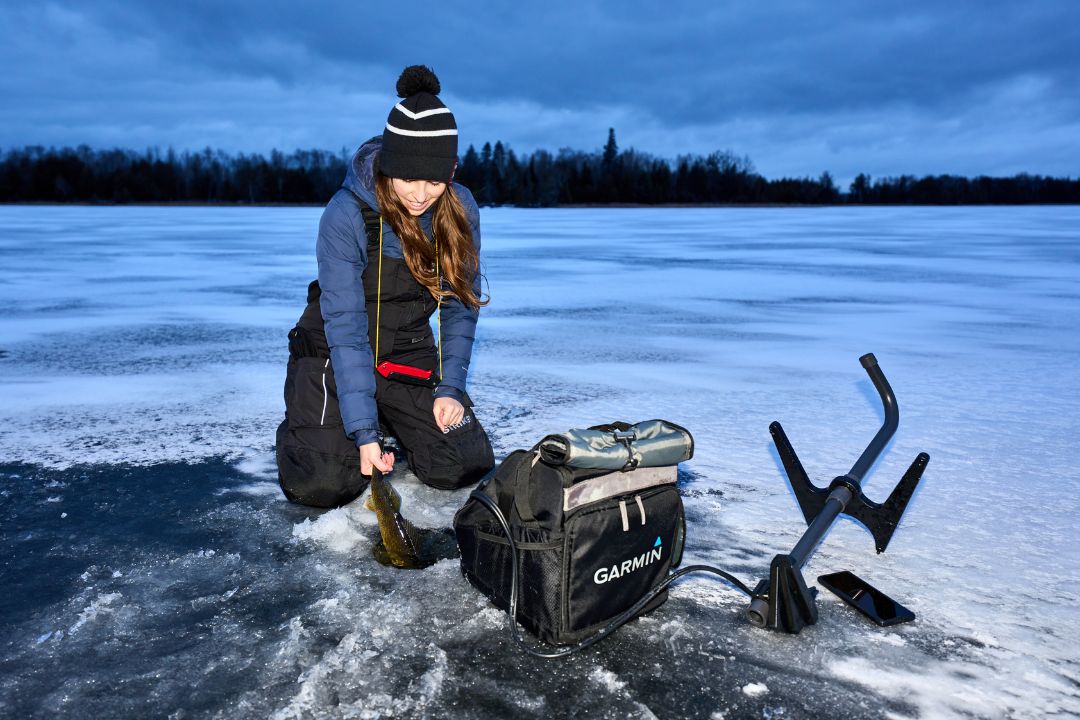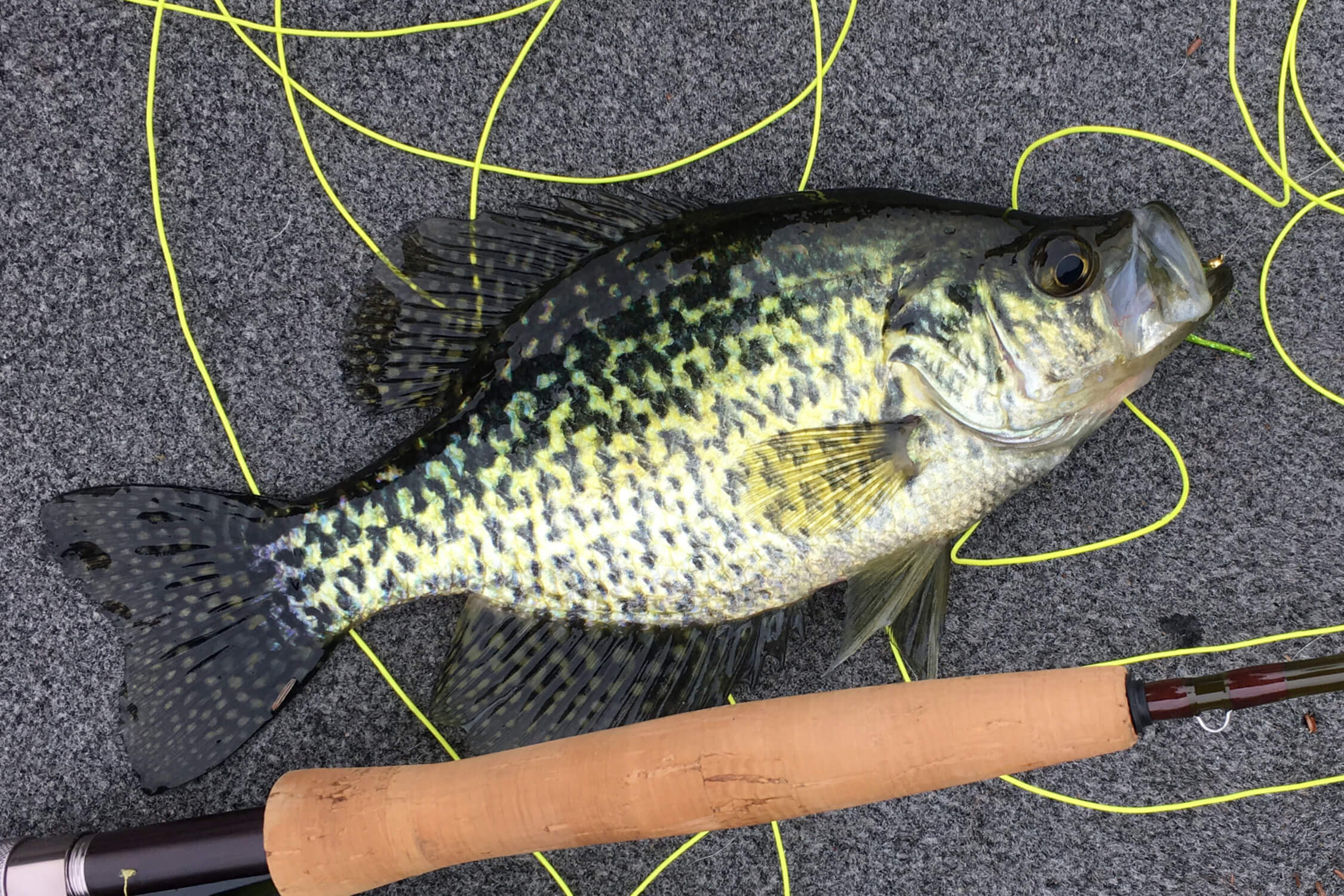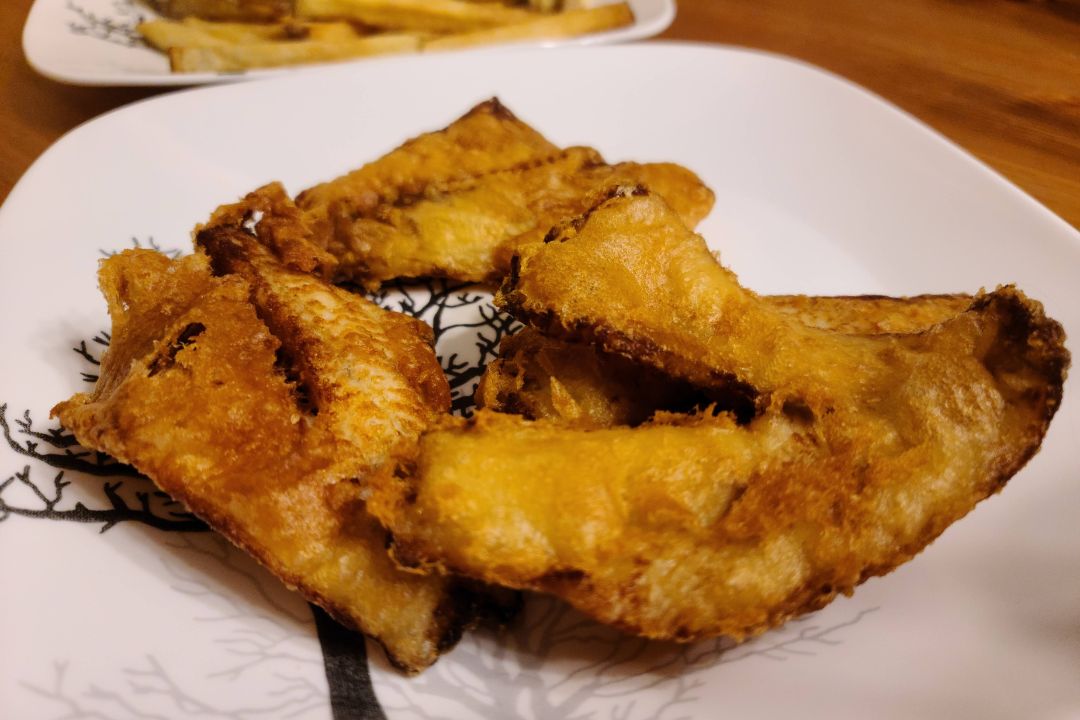CRAPPIE FISHING TECHNIQUES AND TIPS
Fishing | March 27, 2024
SAIL
December 16, 2022

Catch-and-release is more popular than ever nowadays, but it’s nice to occasionally bring home a few fresh fish for the dinner table. In this article, SAIL collaborator and fishing expert Ashley Rae of SheLovesToFish.com will discuss (in her opinion) some of the best fish to eat here in Ontario, as well as some tips on preparation and cooking. Of course, it’s always important to keep conservation and selective harvest top of mind, and Ashley will discuss her thoughts on this as well.
Article written by Ashley Rae of SheLovesToFish.com
In this article, you will learn more about:

As someone who loves to pursue ‘trophy’ sized fish, I enjoy practising catch-and-release to allow breeding fish to continue to populate our waters, to allow the small fish to grow bigger, and to provide other anglers a chance at catching these fish. So although this is an article about eating fish, I also wanted to touch on why I feel releasing fish is important as well.
When I set out to harvest fish (usually once or twice a year), I opt to release the larger and smaller fish, for example, when targeting walleye or black crappie. Instead I will keep a few mid-sized fish to eat if plentiful on the body of water I am fishing. For example: when it comes to walleye, I may keep fish in the 2-4 lb range (depending on slot size regulations).
Whereas for black crappie, I may keep fish in the 9-11” range. My reasoning is that some fish species can take many years or even over a decade to grow to be what is considered ‘big’ for the species.
Contrary to popular belief, studies have shown that large, mature fish typically are more fertile and can produce more eggs. Older and larger fish can also have higher concentrations of harmful contaminants such as mercury.
Check out the Guide to Eating Ontario Fish which includes fish consumption advice based on the level of contaminants found in fish according to their location, species, and length:
In some species, larger/older fish are also known to have a stronger “fishy” taste and odour, whereas the meat from smaller/younger fish can provide a tastier meal. Now this is just a general example as fish growth rates vary from one species to the next, and are also impacted by a variety of factors.

Burbot is the only freshwater species of cod in North America, and if boiled, is almost indistinguishable from lobster in both taste and texture. I also enjoy salmon (both Chinook and Coho) which offers a unique and flavourful taste with pink or orange coloured meat. There are many other fish species that are popular favourites for anglers, including: rainbow trout, catfish, brook trout, bluegill/pumpkinseed, and many more.
Here in Ontario there are regulations in place surrounding how fish need to be cleaned, transported, and packaged. Be sure to check out the Ontario Fishing Regulations Summary before planning to take any fish home:
One great tip when it comes to keeping fish fresh is removing the blood from the meat as soon as possible. Draining the blood from the meat can help to remove the strong ‘fishy’ flavour and odour, and I find that it results in better tasting fish. Blood is one of the first things to spoil, so this method is very helpful in keeping the fish as fresh as possible until you can cook it up, or before freezing.
When bleeding fish, my preferred method is to cut the gills with a sharp knife or even a pair of scissors and then submerge the fish in water (be it a livewell or bucket) for a few minutes. This method is also one of the most ethical and humane ways of dispatching fish, as the rapid blood loss quickly renders the fish unconscious. I then drain the water and immediately place the fish on ice. It is very important to get the fish on ice right away to prevent the meat from spoiling. As an added bonus, ice also helps to firm up the meat.
According to the Government of Canada website, the recommended refrigeration time for fresh fish (lean fish or fatty fish, such as salmon) is 3-4 days at 4 °C (40 °F) or lower. When freezing fish, the recommended storage time for fatty fish is up to 2 months, whereas for lean fish it is 6 months; both types should be stored at -18 °C (0 °F) or lower. Vacuum sealing can extend these timelines but it’s important to remember that fish should never be thawed in a vacuum sealed bag. Always make sure to pierce the bag before thawing.
Learn more on safe food storage here:

A couple of years ago, I had the chance to cook up some walleye on Global News using a delicious Walleye Po-Boy recipe from Foodland Ontario. Watch the video here:
Happy fishing, and cooking!